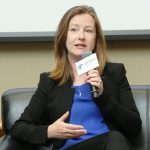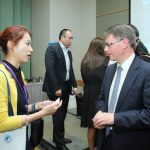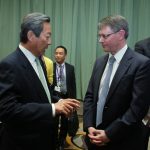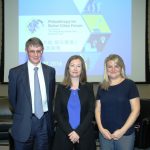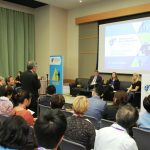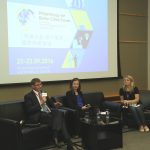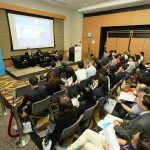Speakers:
- Helen Goulden Executive Director, Innovation Lab of Nesta
- Kim Salkeld Head of Efficiency Unit, HKSAR Government
Facilitator:
- Louise Pulford Director, Social Innovation Exchange
Video
The solutions put to use by public and private players to address today’s social issues are evolving to encompass innovation as a core value driver. Social innovation allows philanthropists to expand the frontiers of their impact, creating new tools for more effective and efficient engagement.
In their opening remarks, Mr. Salkeld put upfront that collaboration is difficult. Part of the challenge lies in long-standing institutional mindsets and ways of doing things that make it challenging to understand the challenges that other sectors face and how they view things. Ms. Goulden added that similar challenges exist when working at the intersections of different sectors, identifying and implementing socially-innovative approaches or initiatives.
Both panelists agreed that fostering social innovation require elements of cross-sector collaborations and working at the intersections of sectors. Ms. Goulden also noted that most of philanthropic support tend to happen in downstream projects that have more tangible social impacts. However, she emphasized the need for support on the upstream activities – capacity building at the intersections of sectors and field building. These are oftentimes difficult to measure and build a business case around.
Amidst these challenges, the panelists suggested a few ideas to tackle them. For Ms. Goulden, it is about the need to learn about the other sector’s rhythms in working, and not just a one-way street for them to understand the innovator/doer. She also encouraged learning from other cities that are good at field-building, especially those in the UK which has a longer tradition in philanthropic funding for ecosystem capacity building. For Mr. Salkeld, it is about starting a productive conversation around the operating contexts of the other sectors who are engaging in social innovation to identify shared areas of focus and synergies, if any.
